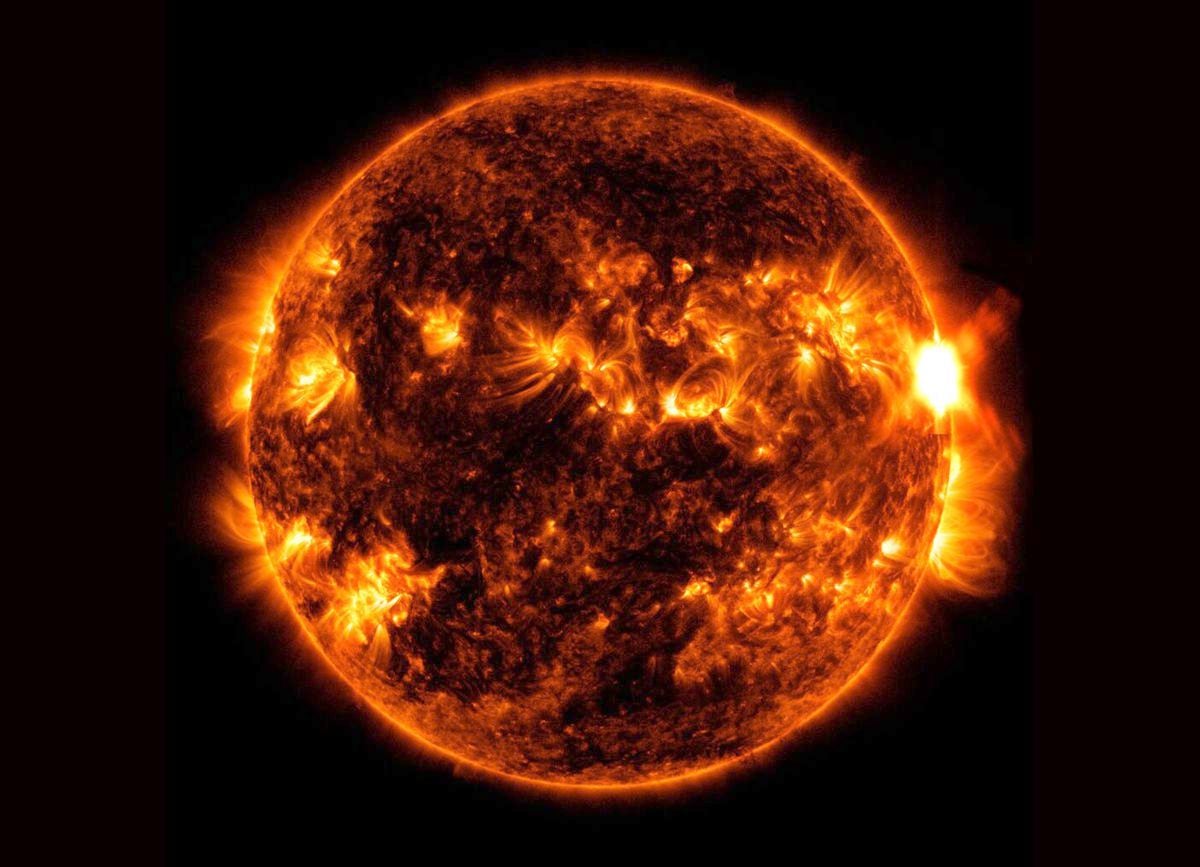In our experience last week, it is clearly advisable to choose bags B1 and B2, as the probability of drawing a white ball in them is 4/7 and 5/14 respectively, while in bags A1 and A2 the probability of drawing a white ball is 4/7 and 5/14 respectively. . 6/11 and 3/9 = 1/3, slightly less in both cases. However, when the balls are put together in bags A and B, the probability of drawing a white ball in the first is 9/20 and in the second 9/21, so now, unexpectedly, it is appropriate to choose bag A. This is why it is called the Yule-Simpson effect Also called the “paradox of combination”, because when two preferred options are combined, the sum becomes unfavorable.
My regular readers may remember the paradoxical chocolate puzzle, published exactly eight years ago in the section titled “Poisoned Chocolate” (June 11, 2015) and which at the time had achieved some popularity on social networks; Well, although we didn’t give it a name at the time, it’s a clear example of the Yule-Simpson effect.
In relation to the issue of alleged discrimination at UCLA, a detailed examination of applications revealed that, in general, women applied for more difficult postgraduate courses, where acceptance rates were lower for both men and women. He explained the apparently discriminatory result. The Yule-Simpson effect works in both directions: through aggregation, as in the case of balls and chocolates, and through disassembly, as in the case of the false distinction (which is why it is also called the “reverse paradox”).
Drunken photons
As we have seen on several occasions, calculating probabilities and random processes often leads to contradictory or counterintuitive results. One of the most surprising and unknown events occurs inside our Sun.
If we go back in time a little less than in the case of chocolate, five years ago, in the segment “The Drunkard’s Walk” (12/14/2018), we saw that the irregular walk of a drunkard is often used as a model for the most diverse stochastic processes. Let’s imagine the famous drunkard clinging to a lamppost, then suddenly deciding to walk over and take a single step (for simplicity, we’ll choose a long-legged mustache). If he walked in a straight line, after taking 100 steps, he would have moved 100 meters away from the street light; But if after each step he randomly changes the direction of his movement, as is usual in his unfortunate case, it is easy to show that he will probably move only about 10 meters away: after n number of movements, a random change occurs that moves the mover on the plane away from the starting point, On average, √n units.
It takes about 8 minutes for sunlight to travel the distance of 150 million kilometers from Earth to the Sun; But photons formed inside our star take a little longer to escape into space. If a photon starting from the center of the Sun crossed it in a straight line, it would take just over two seconds to travel a distance of 700,000 kilometers of the Sun’s radius; But the photon constantly collides with particles that deviate from it, and it is like a drunkard who takes random steps by a centimeter; Therefore, it takes a long time for the tightly packed photons to leave the Sun before they can launch themselves through space at 300,000 kilometers per second. How long does it take on average for “drunk” photons to reach the surface of the Sun?
(Without meaning to invade Montero Glaze’s interdisciplinary field, I will point out that the title of this entry is a tribute to the excellent collection of poems by Julio Llamazares Slow bulls. Like photons, bulls can be very fast – up to 60 kilometers per hour – or move peacefully slowly.
You can follow Theme in Facebook, s And Instagramor sign up here to receive Our weekly newsletter.





